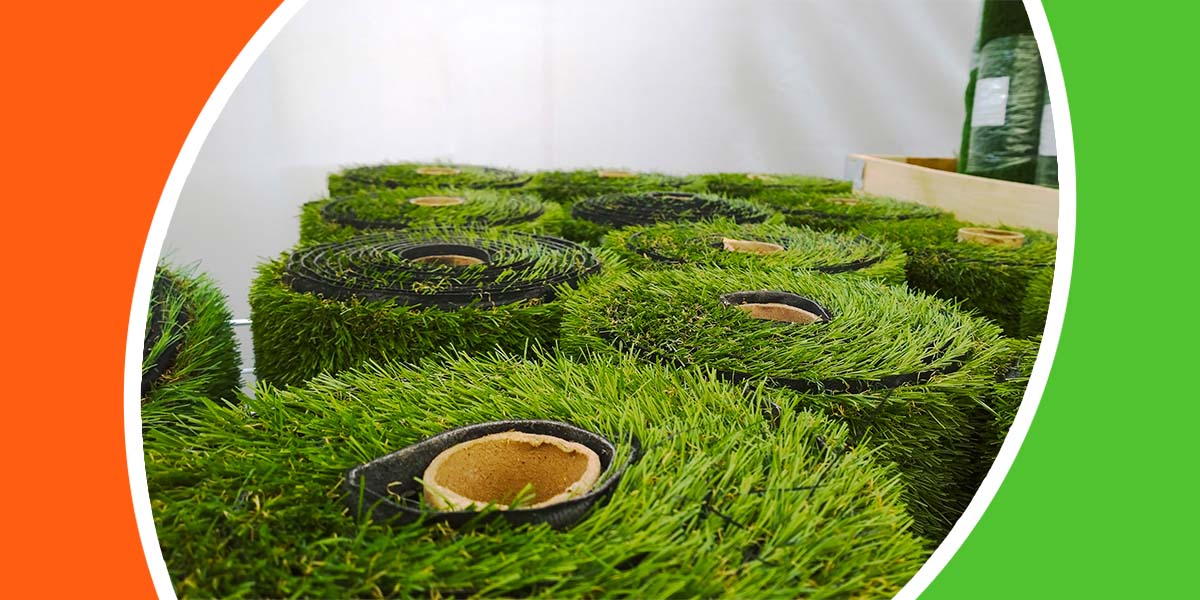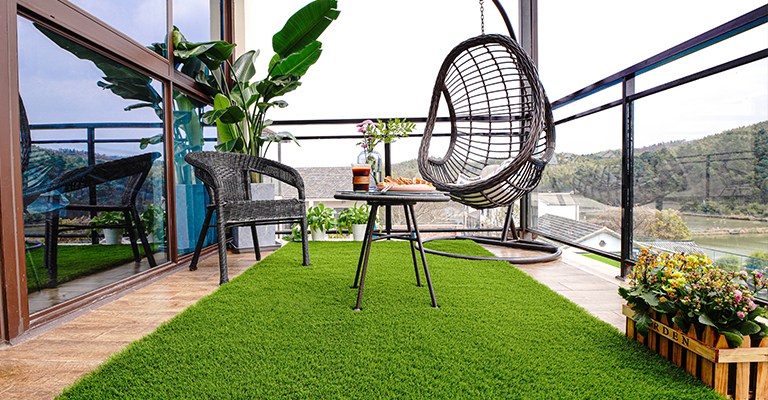Dependable Artificial Turf Companies Phoenix for a Beautiful and Green Lawn
Dependable Artificial Turf Companies Phoenix for a Beautiful and Green Lawn
Blog Article
Explore the Environmental Conveniences of Opting for Artificial Turf Solutions
The adoption of man-made lawn solutions offers a compelling chance to resolve pushing ecological difficulties. By dramatically reducing water usage and reducing the application of dangerous chemicals, these choices not only promote sustainable landscape design but also safeguard regional ecological communities.
Water Preservation Benefits
One of the most significant benefits of synthetic grass is its ability to conserve water. Conventional lawn yards need substantial irrigation, particularly in locations prone to drought or water limitations. In contrast, man-made lawn does not require watering, significantly reducing the overall need for water sources. This attribute is especially valuable in deserts where water deficiency is a pushing worry.
By getting rid of the need for routine watering, artificial grass adds to lasting landscape practices and aids mitigate the environmental effect of excessive water intake. The preservation of water prolongs to the reduction of runoff, which can lead to dirt disintegration and waterway contamination.
Furthermore, the installation of fabricated turf enables districts and home owners to allot water resources more effectively, concentrating on important usages such as alcohol consumption water and farming. The shift towards synthetic grass not only advertises responsible water usage however likewise aligns with broader environmental goals targeted at protecting natural deposits.
As communities increasingly focus on sustainability, the water preservation advantages of fabricated turf offer a compelling case for its adoption in domestic and industrial landscape design projects.
Minimized Chemical Use
The shift to artificial grass considerably decreases the reliance on chemical therapies frequently utilized in natural lawn upkeep. Standard grass administration generally entails the application of chemicals, herbicides, and plant foods to promote growth and control pests. These chemicals can pose risks to human wellness, neighborhood wildlife, and the environment, adding to dirt and water contamination.
In contrast, synthetic grass eliminates the demand for these harmful compounds. When installed, it requires minimal maintenance, mainly including routine cleaning and infrequent infill replenishment. This decrease in chemical usage not only benefits the prompt atmosphere but additionally contributes to broader eco-friendly stability. By minimizing the release of synthetic substances into the ecological community, man-made lawn advertises healthier dirt and water systems.
Moreover, the lack of chemical runoff connected with artificial turf installations assists protect regional rivers from air pollution, supporting marine life and maintaining biodiversity. Phoenix turf companies. As areas significantly focus on sustainable techniques, opting for fabricated grass presents a feasible option that lines up with ecological conservation objectives. Through this change, homeowner can delight in lavish environment-friendly areas without endangering eco-friendly health and wellness, leading the way for an extra lasting future
Lower Carbon Footprint

Furthermore, the installment of synthetic grass can lead to significant water preservation. All-natural lawns need substantial amounts of water for irrigation, which not only includes in the carbon impact linked with water removal and treatment but also strains regional water sources. In comparison, fabricated lawn requires marginal upkeep, calling for no watering, thereby considerably reducing water use and its associated energy costs.
In addition, the long life of synthetic grass contributes to its lower carbon impact. With a life expectancy of up to 15 years or even more, the requirement for regular replacements is lessened, resulting in less waste and reduced energy consumption in manufacturing and taking care of standard turf options. In general, man-made turf offers a sustainable option for environmentally aware landscape design.
Habitat Preservation
Habitat preservation is a crucial consideration in the debate over landscaping choices, especially when comparing synthetic grass to natural yard. All-natural turf lawns often require considerable upkeep, including using chemicals, herbicides, and fertilizers, which can adversely impact regional ecosystems. These chemicals can seep right into the dirt and rivers, hurting indigenous plants and fauna and interfering with local habitats.
On the other hand, synthetic turf provides an opportunity to decrease the environmental footprint of landscaping. By going with artificial turf, homeowners can decrease the disruption of all-natural habitats connected with traditional yard care techniques. Synthetic grass eliminates the need for unsafe chemicals, thus shielding nearby wild animals and maintaining the stability of bordering communities. The installment of artificial turf can lead to the conversion of former grass areas into discover this more biodiverse landscapes, such as pollinator gardens or native plant areas, which can sustain neighborhood wild animals.
Inevitably, the transition to artificial turf not just conserves water and decreases upkeep initiatives yet additionally promotes a much more harmonious connection between human activities and the all-natural environment, promoting habitat preservation in the procedure.
Long-Term Sustainability
Lasting sustainability is a crucial consider reviewing the advantages of artificial lawn over standard yard lawns. One of the most substantial benefits of synthetic grass is its durability; it can last approximately 15-20 years with very little maintenance, whereas all-natural turf requires regular reseeding and replacement. This long life decreases the need for consistent resources, such as water, plant foods, and pesticides, which are important for keeping a healthy grass yard.
Additionally, fabricated turf adds to a reduction in carbon exhausts connected with grass treatment equipment. Standard yards frequently call for gas-powered lawn mowers, leaners, and blowers, every one of which add to air contamination. Phoenix turf companies. In contrast, synthetic grass removes the need for such equipment, advertising a cleaner environment
Additionally, the manufacturing of synthetic grass increasingly uses recycled products, enhancing its sustainability profile. As suppliers embrace explanation environmentally friendly techniques, the environmental footprint of synthetic grass proceeds to diminish.

Verdict
The fostering of artificial turf remedies offers substantial ecological benefits, including considerable water conservation, decreased dependence on hazardous chemicals, and a lower carbon impact. Synthetic lawn aids in protecting natural environments by lessening land disruption and advertising long-term sustainability through the use of durable materials. Jointly, these elements underscore the capacity of man-made grass to add positively to ecological health and wellness and use a feasible option to conventional landscaping practices in an increasingly resource-conscious world.
In contrast, fabricated turf does not need watering, substantially reducing the general demand for water resources. By decreasing the launch of synthetic compounds into the ecological community, man-made lawn advertises much healthier dirt and water systems.
Moreover, the installment of fabricated lawn can result in substantial water preservation. In contrast, man-made grass needs minimal upkeep, requiring no watering, thereby considerably minimizing water use and its connected energy costs.

Report this page